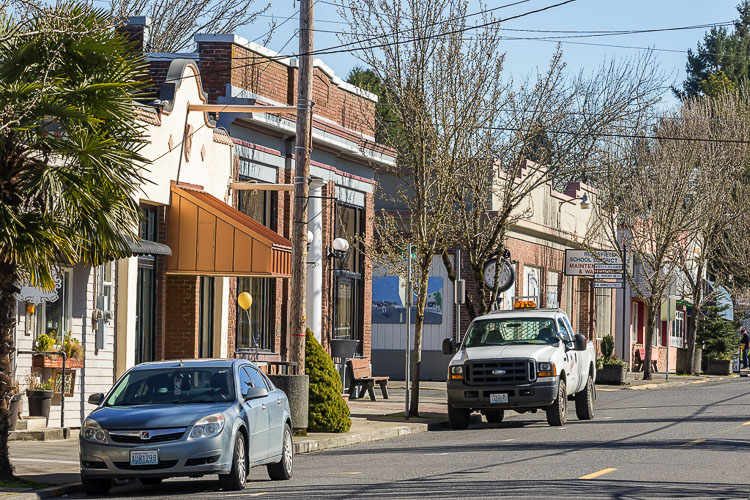State population steadily increases, tops 7.7 million residents in 2021
Washington’s population growth steadily increased by 61,600 people in 2021, launching the state into one of the most unique population estimate years because of delayed census data and COVID-19 impacts. As of April 1, 2021, Washington now tops 7,766,925 residents, with most of the growth concentrated in larger cities across the state.
The Office of Financial Management originally estimated a population increase of 61,600 people (from births, deaths, and net migration). However, the 2020 census resident population data showed a higher number in 2020. To account for this, we adjusted the 61,600 population change estimate to 110,700 — an increase of 49,100 people bringing the total to 7.7 million residents.

The unadjusted population growth rate is much slower than last year at 0.8 percent compared to the previous year at 1.5 percent. In late August, detailed 2020 census data will be released, which means we can make more detailed comparisons for counties and cities. Until then, we have used our 2020 estimates for comparison.
As we expected, the COVID-19 crisis dramatically affected the 2021 estimates. The findings show a decrease in births, increase in deaths, a dramatic drop in migration and in the population who live in group quarters. Many of the group quarters changes were large enough to cause population decline, particularly in areas with college dorms. We expect some of these changes will be temporary, with population rebounding once pandemic impacts subside.
Despite a drop in migration due to COVID-19, migration continues to be the primary driver behind population growth. From 2020 to 2021, net migration (people moving in minus people moving out) to Washington totaled 37,100, which is down 46,600 people from last year. Net migration accounted for 60 percent of the state’s population growth, with natural increase (births minus deaths) responsible for the other 40 percent.
Consistent with previous years, over 70 percent of state population growth occurred in the five largest metropolitan counties: Clark, King, Pierce, Snohomish and Spokane. The eight counties with populations between 100,000 and 300,000 saw 18 percent of the state’s growth followed by smaller counties with an 8 percent share. Franklin was the fastest-growing county between 2020 and 2021, with 2.8 percent growth, followed by Clark at 2.7 percent and Chelan at 2.4 percent.
The April 1, 2021, population estimate for Washington’s incorporated cities and towns is 5,064,200, an increase of 1.5 percent from the previous year. The top 10 cities for numeric change, in descending order, are: Seattle, Vancouver, Pasco, Auburn, Everett, Kent, Lacey, Yakima, Bellevue and Ridgefield. Seattle’s population increased by 8,400 people for a total of 769,500.
In terms of percentage, Ridgefield was easily the leader with 18.32 percent growth in the last year.
Washington’s population has grown by 1,042,400 people since the 2010 decennial census on April 1, 2010. The state has grown by an average of 94,800 people per year this decade, exceeding the 83,000 the previous decade. King County is the main contributor, with an average growth of 32,900 people per year over 11 years, compared to an average of 19,400 people per year between 2000 and 2010.
In the past year, the state added 46,700 housing units, which is 2,350 fewer than last year. Of all new units built this past year, 57 percent were multi-family. The state’s housing stock has grown by an average of 34,700 units per year since 2010, about 80 percent of the previous decade’s average of 43,500 units per year. More than 71 percent of all new housing units this decade were built in one of the state’s five largest metropolitan counties. King County leads all counties with 15,250 new housing units this year, and 36 percent of the state total since 2010.




